Around 60 – 70% of modern medicines originate from plants. It is also from plants that many of the substances of addiction have been made. Manipulation of plant genes has enabled incredible benefits such as increasing the content of vitamin A in sweet potatoes in communities in Africa, which has reduced the incidence of childhood blindness. The secret lives of plants are fascinating; one of the greatest challenges remaining is how to mimic photosynthesis, the process by which plants convert CO2 and water and sunlight into sugar and release oxygen as a by-product. Here are a few more examples:
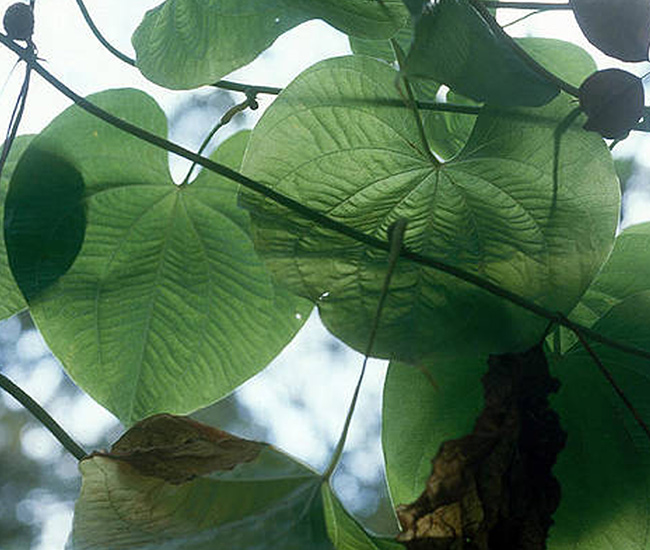
Mexican Yam
“Dioscorea Mexicana”
The tuber is a source of diosgenin for the production of progesterone first used in the contraceptive pill in 1943
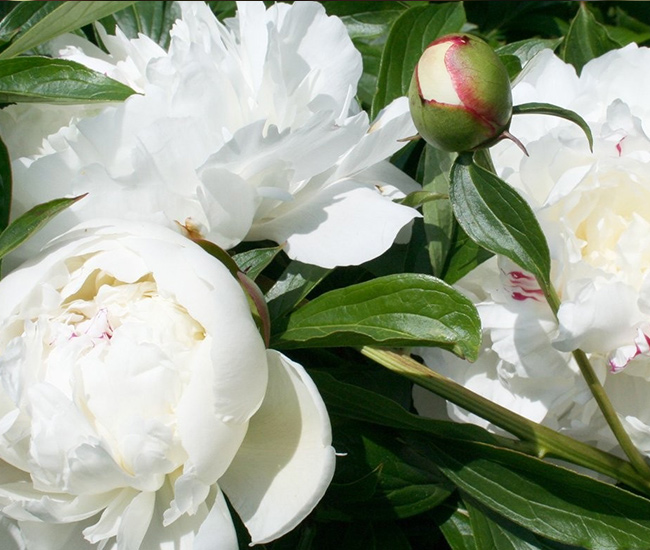
Peony
“Paeonia officinalis”
The root was used in Chinese medicine as a “women’s tonic”
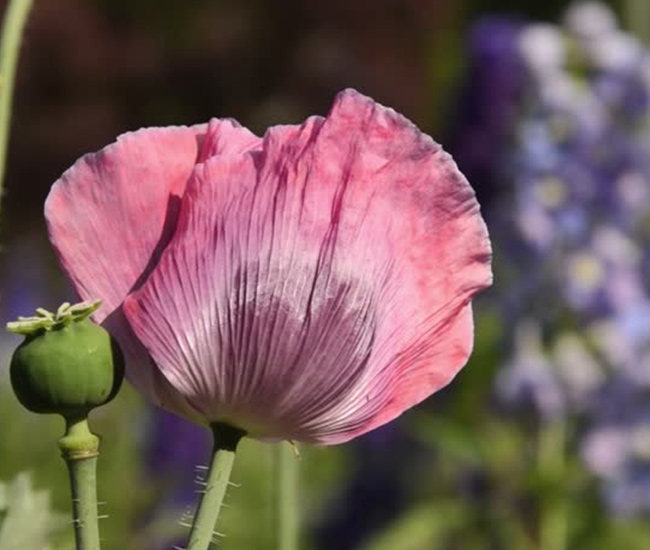
Opium Poppy
“Papaver Somniferum”
The sap contains 12% morphine – the oldest effective medicine in continuous use.
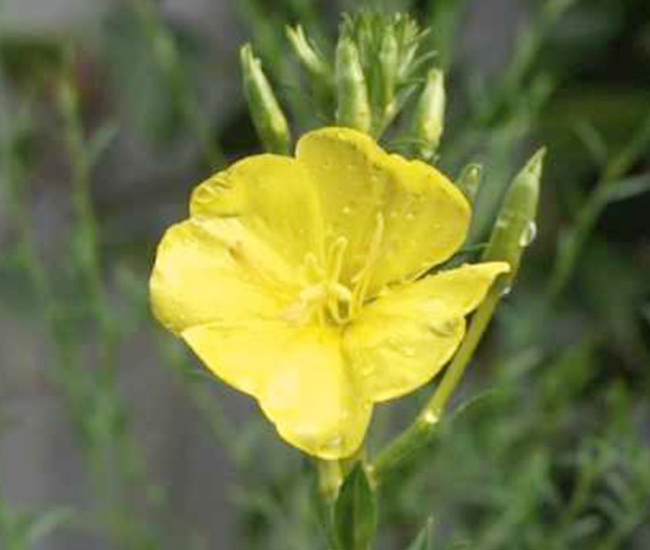
Evening Primrose
“Oenothera Biennis”
The seed is a source of gamma-linoleic acid, used to relieve pre menstrual symptoms.
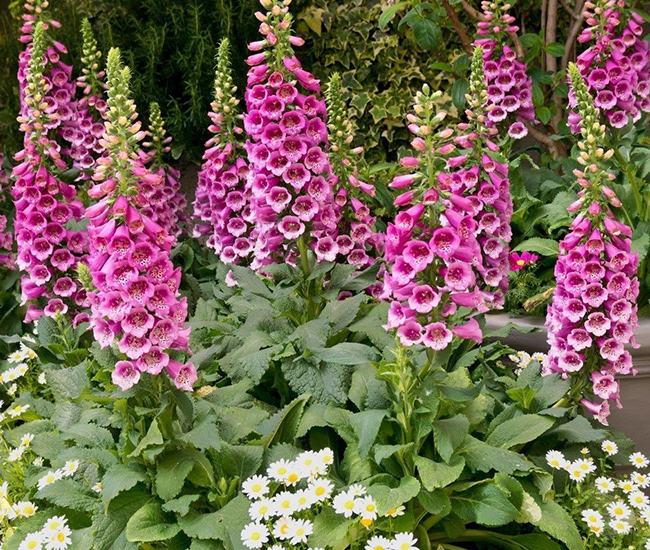
Foxglove
“Digitalis purpurea”
The leaves contain digoxin, which is used to treat heart rhythm irregularities – which is why this is such a poisonous plant in the garden.
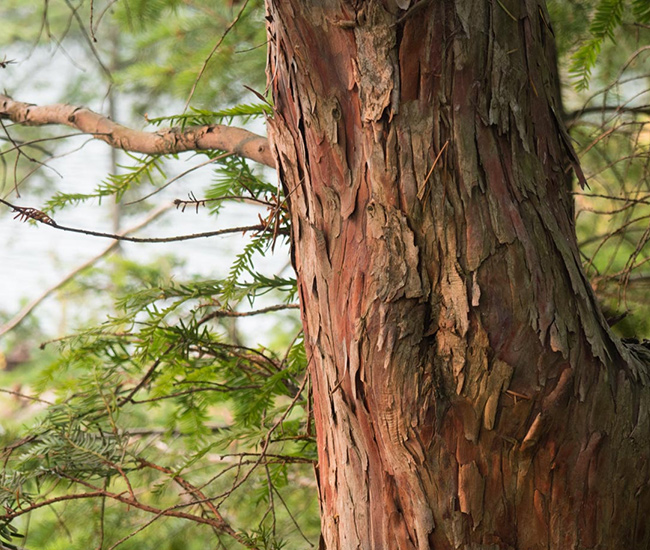
Yew
“Taxus brevifolia”
The bark contains taxol, which is used for chemotherapy for patients with ovarian cancer.




